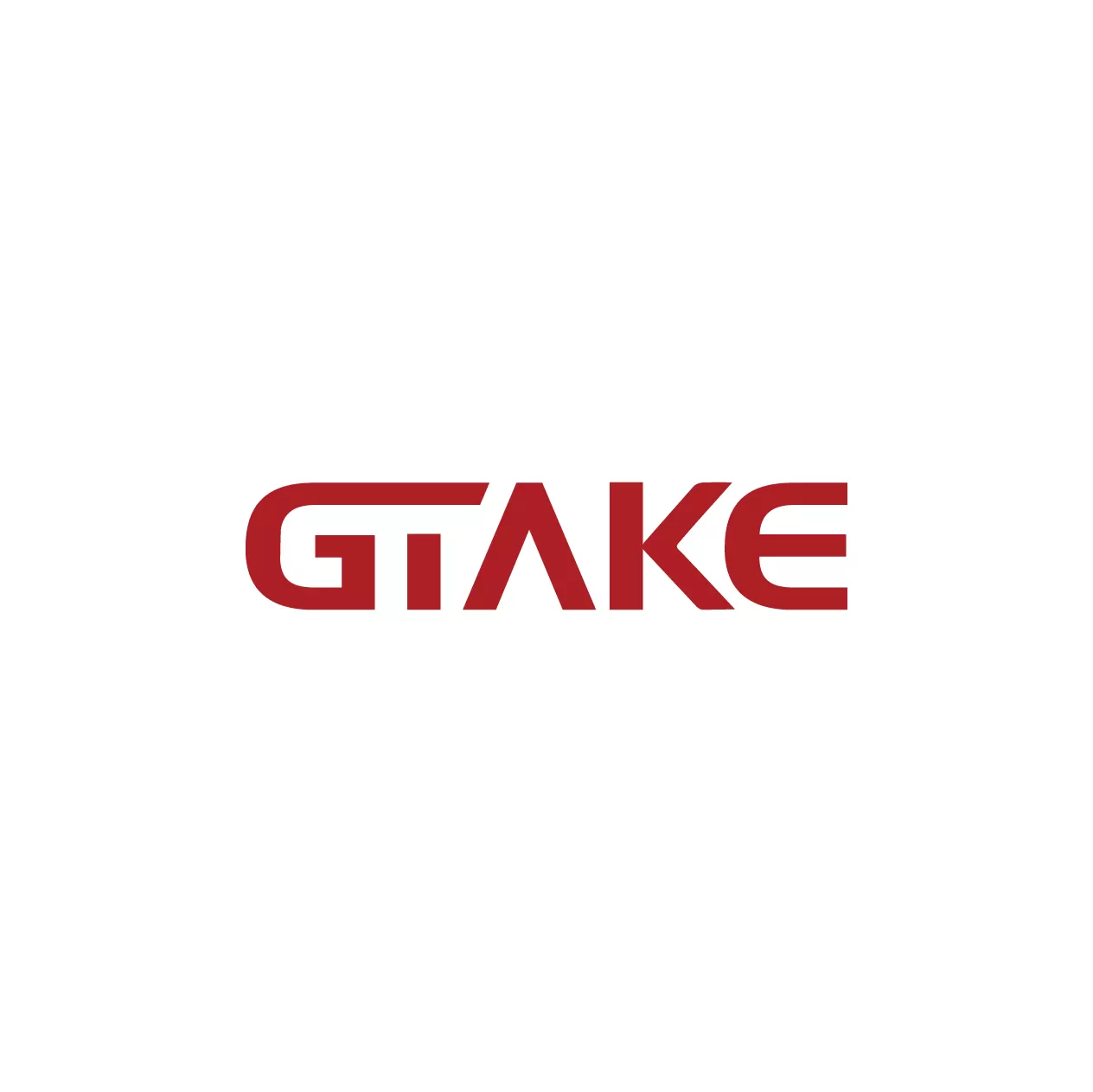
GTAKE specializes in designing and producing innovative AC drives (also known as variable frequency drives), electric vehicle motor controllers, bidirectional DC sources, and test rigs with advanced control algorithms and cutting-edge technology, delivering optimal performance and reliability for industrial automation and new energy applications.
A Motor Speed Drive, often referred to as a motor speed controller or variable speed drive (VSD), is an essential device used to control the speed, torque, and direction of an electric motor. It adjusts the motor’s power input, allowing for precise control over its speed and performance, thus enhancing energy efficiency, reducing wear, and improving overall system operation.
There are different types of motor speed drives, each suitable for specific types of motors and applications:
Motor speed drives are used across various industries due to their flexibility, energy-saving potential, and ability to control motor performance. Some common applications include:
Motor speed drives are essential components for efficient and precise control of electric motors. They offer significant benefits in terms of energy savings, system protection, and enhanced performance. Whether in HVAC systems, manufacturing, or any other motor-driven process, the ability to control the speed and torque of motors contributes to improved operational efficiency and cost reduction. With the growing demand for energy-efficient solutions, motor speed drives are becoming increasingly indispensable in industrial and commercial applications.
